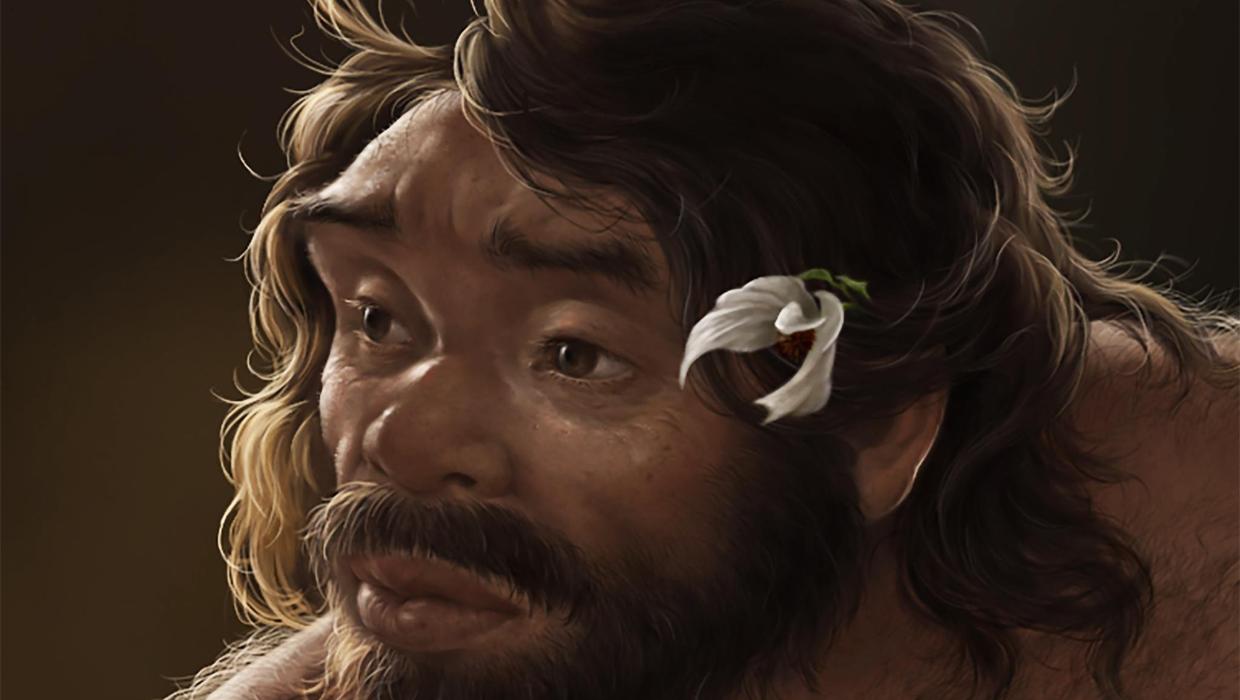Science
Fossilised Skull Challenges Human Evolution Timeline

A recently discovered fossilised skull is reshaping the understanding of human evolution, suggesting that modern humans may be much older than previously estimated. This finding has sparked debate among scientists regarding the timeline of our species’ development.
The skull, uncovered in the 2023 excavation site in Africa, belongs to an ancient hominin that researchers believe may have existed over 300,000 years ago. This discovery is critical as it challenges the long-held belief that modern humans, classified as Homo sapiens, emerged approximately 200,000 years ago.
Researchers from the University of California, Berkeley, who published their findings in the prestigious Nature journal, argue that this skull indicates a more complex evolutionary history than previously thought. They suggest that the fossil record may be incomplete, leading to an underestimation of the timeline of human evolution.
The implications of this discovery extend beyond academic debate. Understanding the timeline of human evolution can provide insights into our ancestry and the factors that led to the development of our species. It can also influence how we view human adaptability and resilience in changing environments.
Dr. Lee Berger, a prominent palaeoanthropologist involved in the research, emphasized the importance of this finding, stating, “This skull may represent a pivotal moment in our understanding of human ancestry.” He noted that the fossil could help bridge the gap between known hominin species and our own.
The skull’s unique features, including its size and shape, have led scientists to reconsider the classification of ancient human relatives. According to Dr. Berger, the fossil challenges existing notions of what defines a modern human. “It blurs the lines between different species and highlights the diversity that likely existed in our early ancestors,” he explained.
As scientists continue to study this skull and other fossils, new techniques in dating and analysis are enabling a deeper understanding of ancient human life. The integration of advanced imaging technology allows researchers to uncover details that were previously hidden, providing a clearer picture of our evolutionary past.
The debate surrounding the timeline of human evolution is likely to intensify as more discoveries emerge. This skull serves as a reminder that the story of human ancestry is far from complete and that new findings can significantly alter our understanding of who we are and where we come from.
In summary, the discovery of this ancient skull not only raises questions about the timeline of human evolution but also invites further research and exploration into our species’ history. As scientists continue to unravel the complexities of our ancestry, the narrative of human evolution remains dynamic and evolving.
-

 World1 week ago
World1 week agoPrivate Funeral Held for Dean Field and His Three Children
-

 Top Stories2 weeks ago
Top Stories2 weeks agoFuneral Planned for Field Siblings After Tragic House Fire
-

 Sports3 months ago
Sports3 months agoNetball New Zealand Stands Down Dame Noeline Taurua for Series
-

 Entertainment3 months ago
Entertainment3 months agoTributes Pour In for Lachlan Rofe, Reality Star, Dead at 47
-

 Entertainment2 months ago
Entertainment2 months agoNew ‘Maverick’ Chaser Joins Beat the Chasers Season Finale
-

 Sports3 months ago
Sports3 months agoSilver Ferns Legend Laura Langman Criticizes Team’s Attitude
-

 Sports4 weeks ago
Sports4 weeks agoEli Katoa Rushed to Hospital After Sideline Incident During Match
-

 Politics2 months ago
Politics2 months agoNetball NZ Calls for Respect Amid Dame Taurua’s Standoff
-

 World2 weeks ago
World2 weeks agoInvestigation Underway in Tragic Sanson House Fire Involving Family
-

 Top Stories2 weeks ago
Top Stories2 weeks agoShock and Grief Follow Tragic Family Deaths in New Zealand
-

 Entertainment3 months ago
Entertainment3 months agoKhloe Kardashian Embraces Innovative Stem Cell Therapy in Mexico
-

 World4 months ago
World4 months agoPolice Arrest Multiple Individuals During Funeral for Zain Taikato-Fox





















